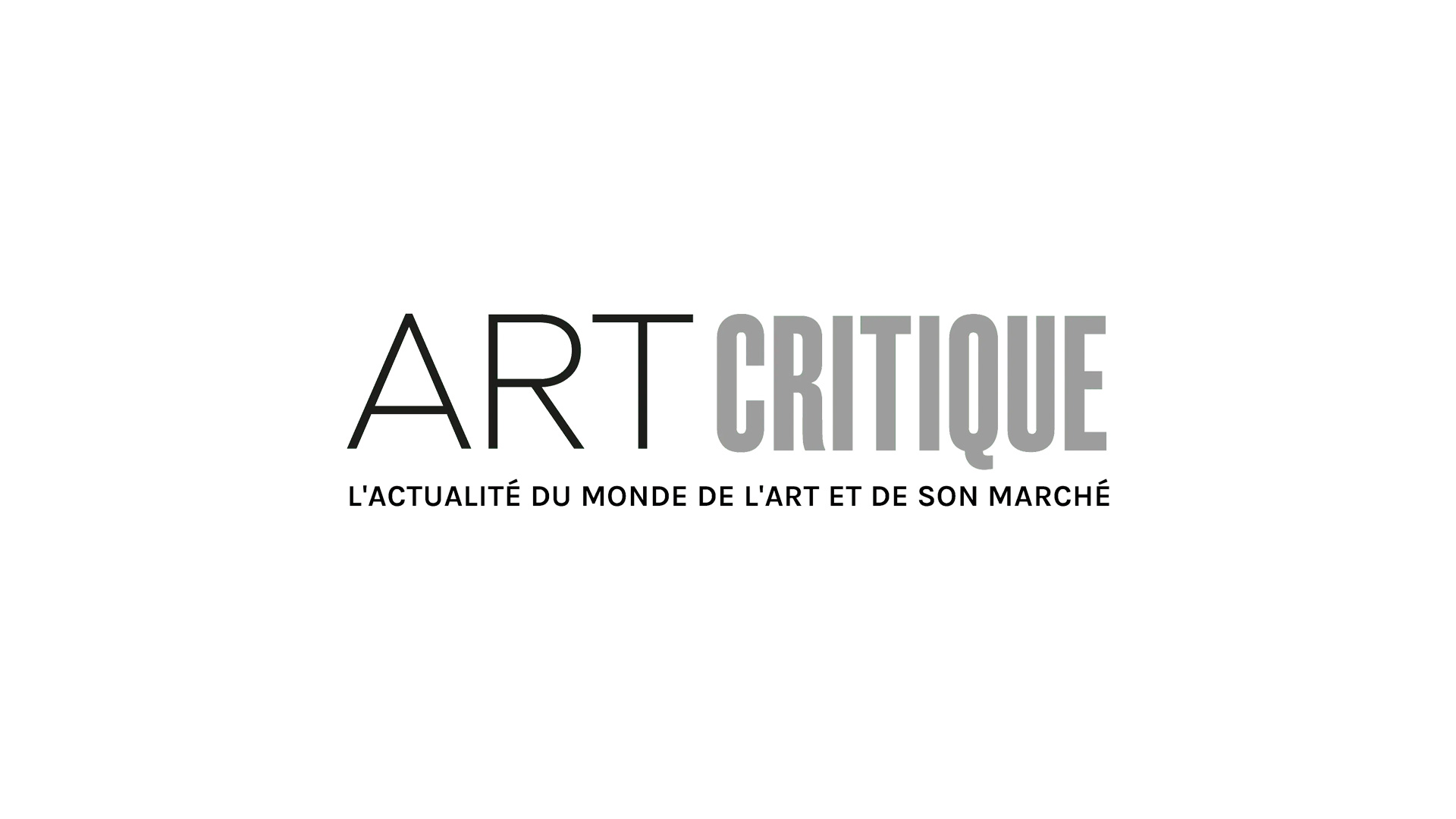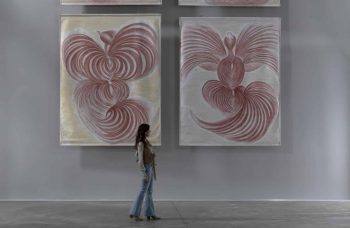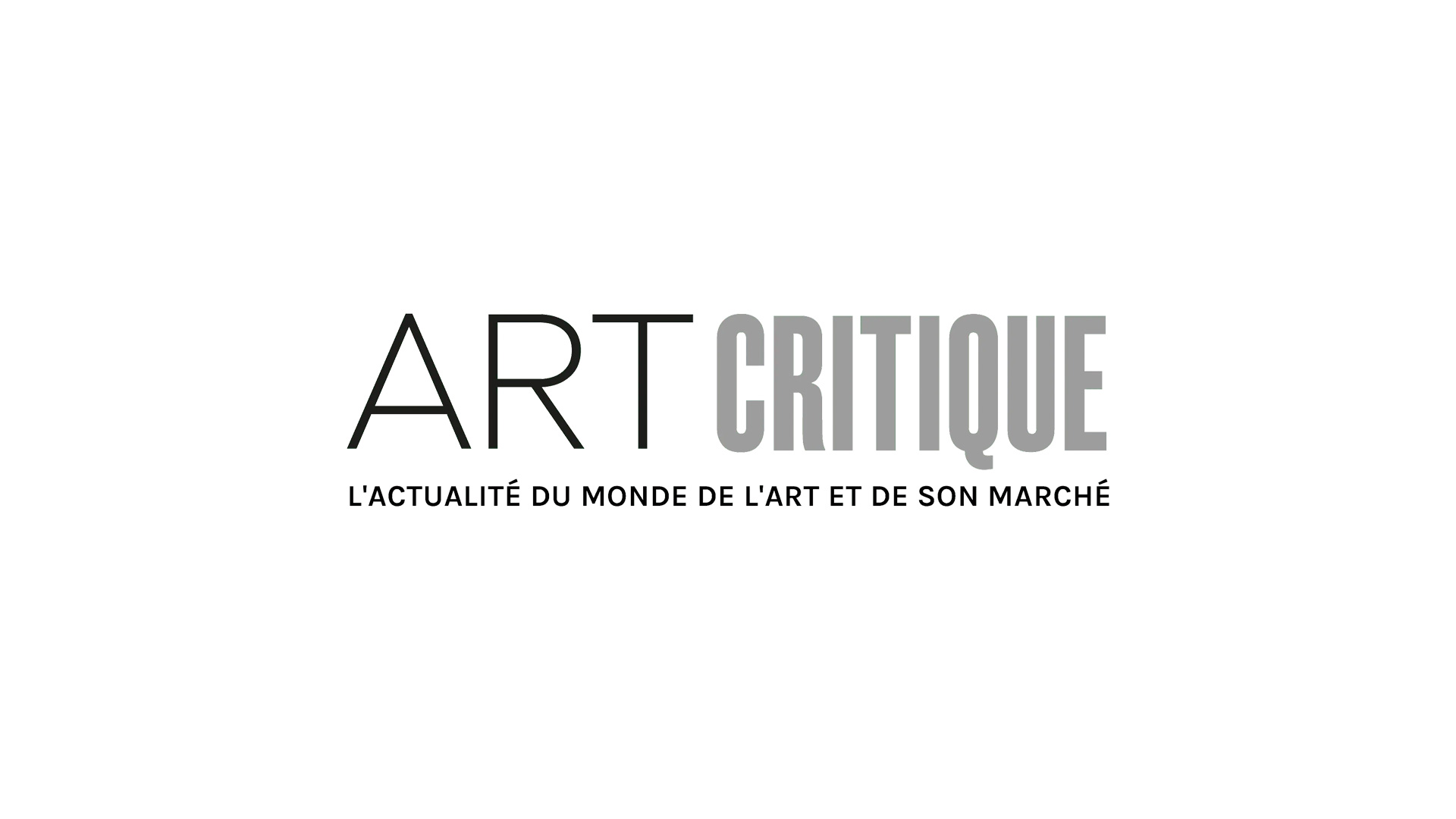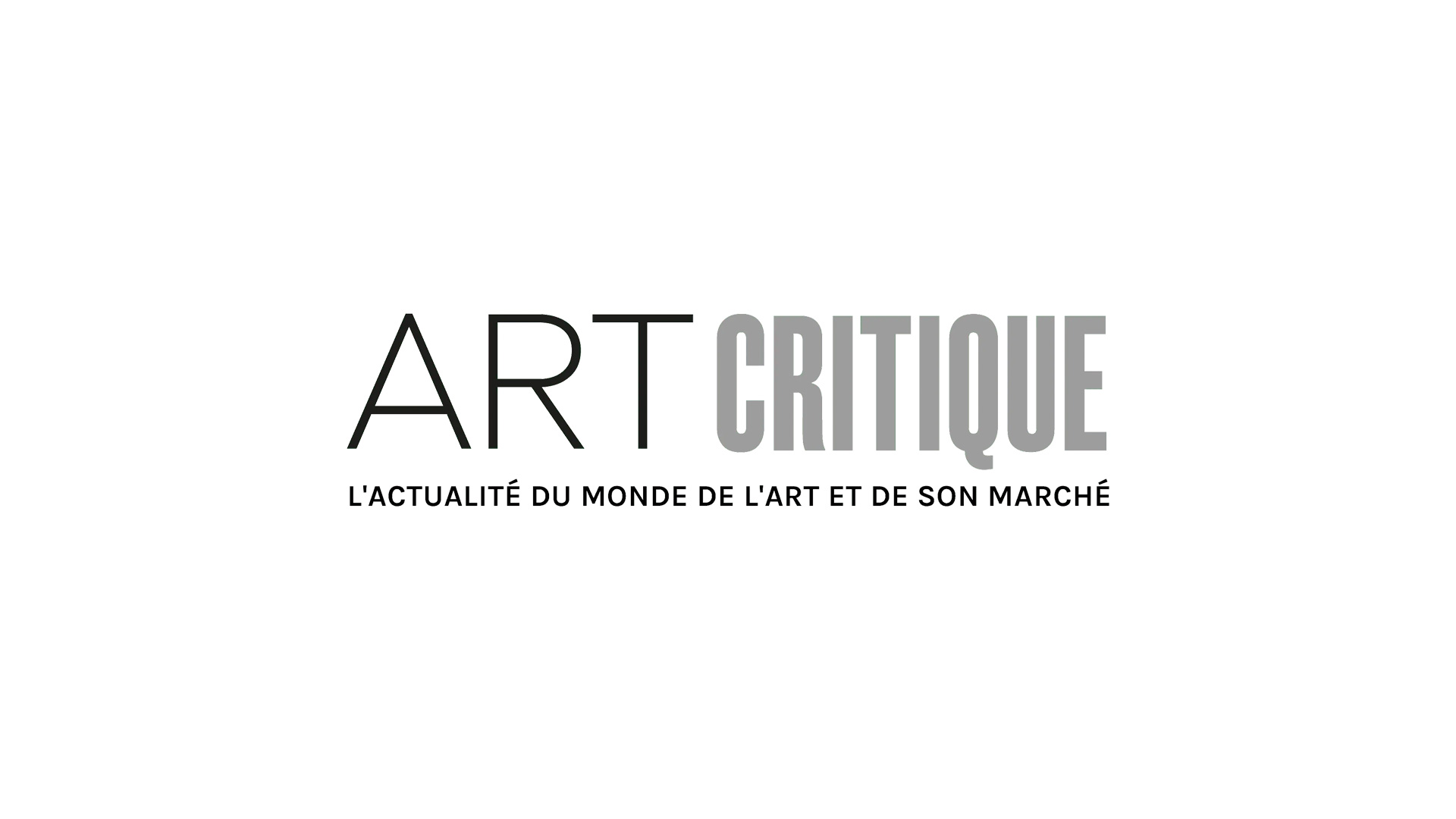This week’s Art World Roundup covers a British artist’s depiction of the Black “everywoman”, the ongoing battle over 5Pointz, NYC governor Cuomo’s unusual COVID-19 poster, museums masks, and a recently discovered Picasso.
Statue of Black “everywoman” unveiled for East London
Thomas J. Price, a British artist known for his figurative sculptures, this week revealed a new statue of his that is set to be installed in East London along The Line sculpture trail, which runs along the Greenwich Meridian. Unlike most sculptures around London and the UK, the statue is of a Black woman. Completely cast in bronze, Reaching Out depicts a female figure standing, looking down at her phone. She isn’t of one particularly woman, which was intentional as Price wants her to be relatable to any Black woman. “It was important to me not to have to fulfil a certain expectation, like the idea you would have to be a top athlete, or a Black Panther or a politician to be up there. It is a fictional character based on various references. I did have someone model for part of it but she remains anonymous,” Price told the Observer. “All the characters in my work are anonymous. I want to show something about their inner world, rather than their public roles. I want to show people at a natural moment. That can look vulnerable, but it is strong really, because there is no façade.” Price, who has been commissioned to commemorate the Windrush generation with a statue at Hackney town hall, was also very critical of a rogue statue erected by Marc Quinn in Bristol where a statue of prominent slave trader Edward Colston once stood. Quinn’s resin statue, portraying Black Lives Matter protester Jen Reid, with whom he collaborated, had a short-lived stint in Bristol before government officials had it removed. The statue and Quinn have received much criticism, as opponents of the work have called it performative.
Landmark 5Pointz lawsuit to head to Supreme Court
In 2013, the real estate company G&M Realty purchased 5Pointz, a derelict warehouse in Queens, New York that was covered in graffiti works, and proceeded to paint over all of the works without any warning to the artists. The move stunned people on their usual morning commutes when they saw that 5Pointz was painted over and it angered graffiti artists who created works at the site. Since artists were given no warning, a lawsuit was filed against G&M Reality and in a landmark decision, the realty company was found to have violated the Visual Artists Rights Act (VARA) established in 1990 when they covered 5Pointz. The 2018 ruling was upheld in February this year by a Second Circuit court of appeals and G&M Realty was expected to pay out $6.75 million (£5.29 million) in damages to the 21 artists named in the original suit. However, it now seems the legal plot only thickens for 5Pointz as the realty company has appealed to the US Supreme Court. Their appeal argues that the language of VARA is too vague to apply to their case and that their rights as the owners of 5Pointz were violated during the battle.

NYC governor memorializes COVID-19 with unusual poster
The pandemic has felt like an uphill battle, particularly for countries that have worked tirelessly to flatten the curve and keep the pandemic at bay. Once the US’s largest hotspot for COVID-19, New York City’s governor Andrew Cuomo released a poster recounting the course of the pandemic in the city, complete with an actual mountain… and a lot of other bizarre features. The poster is unlike most you’ll see today as it isn’t a minimalistic to-the-point image. Instead, it harkens back to the graphic designs of a bygone era, some have even drawn connections between it and political posters of the 19th century. Some parts are what you might expect, a section referencing the need to wear a mask and stand a certain distance apart while key workers, NYC locals, and more are celebrated. However, there are other parts that just seem downright odd. “Boyfriend Cliff” is a crowd favourite, seemingly referencing the relationships that have edged nearer their end as isolation has kept loved ones from seeing each other. An octopus wriggles its way into the bottom corner of the poster alongside a cruise ship and the “Winds of Fear” are blown in by a mythical being in the sky, both reminiscent of historical map imagery. While the poster is strange in the most basic sense, it feels quite relatable these days as life has become plain unusual. If you’d like to take a deep-dive into more of the poster, Katie White picks the poster apart in this Artnet News article.

Phone. Wallet. Keys. Mask.
Like it or hate it, masks have become the new accessory that you just can’t leave the house without. They’ve been the topic of conversation now for a good few months, and in some places, they’ve become incredibly controversial. They’re also becoming more of a staple in the art world. Of course, Ai Weiwei created a screen-printed series of medical masks to raise money for humanitarian charities, but as museums are reopening, they’ve become an unexpected place to get masks that aren’t so boring. According to one New York Times article, masks with images of well-loved artworks have become a staple in museum gift shops. Not only are they a source of income but they’re another way for art lovers to show off their favourite works. Many major museums have thrown their hat in the ring for face masks bearing favourite art works from their collection. The Klimt Villa in Vienna, which reopened in March, created a mask with a stylish flourish mimicking Klimt’s iconic style, among others, and to date, they’ve sold more than 6,000 such masks. Some, though, wonder why museums don’t put some of the more racey works on their masks. While visiting the National Gallery in London, visitor Alison Ripley asked the NYT “Why not that?” regarding Diego Velázquez’s The Toilet of Venus. “You’ve got to make masks funky if you want youngsters to wear them,” she continued, and who knows, maybe that would work.

Taking a closer look…
While working with Pablo Picasso’s 1922 Still Life, researchers at the Art Institute of Chicago (AIC) discovered another painting beneath the surface. Research scientists were analyzing the 1922 work to better understand its biography better. The surface of the painting had an interesting, somewhat wrinkled texture so researchers wanted to know more about its composition. After they used X-radiography and infrared imaging, they were shocked to find an entirely different work by Picasso beneath the visible surface. The 1922 work has been a part of the AIC’s collection since 1953 when Alice Toklas donated it on behalf of Gertrude Stein, her late partner. While it’s not necessarily surprising that Picasso reused a canvas to create Still Life – something which he was no stranger in doing – it does add to the history of the work and offers yet another facet to the famed Cubists career. It goes to show that there are undoubtedly many unknown works waiting to be discovered.







